
OOIL posts first half profit at US$1.28bln
OOCL liftings increased 11.6% as it added four 8,063 TEU and five 4,578 TEU vessels.
Orient Overseas (International) Limited and its subsidiaries (the “Group”) on Tuesday announced a profit attributable to equity holders of US$1,284.6 million for the six month period ended 30th June 2010, accordig to an OOIL report.
This result includes the profit on the sale of the Group’s former PRC property development business conducted under Orient Overseas Developments Ltd (“OODL”) to CapitaLand China (RE) Holdings Co. Ltd, the details of which have been announced previously. The net profit on the sale, after associated costs, was US$1,004.4 million.
The Group’s profit after tax for the period from continuing operations, being before the inclusion of the profit from the sale of OODL, was US$287.3 million. This represents an increase of US$506.6 million compared to the loss of US$219.3 million for the equivalent operations in the first six months of 2009.
The Board of Directors announced an interim dividend for 2010 of US11.5 cents (HK89.7 cents) per ordinary share. The dividend will be paid on 21st September 2010 to those ordinary shareholders whose names appear on the register on 6th September 2010.
In addition the Board of Directors has also decided to declare a special dividend of US40.0 cents (HK312.0 cents) per ordinary share. This special dividend represents approximately twenty-five per cent of the net profit on the sale of OODL.
The Chairman of OOIL, Mr C C Tung, said, “Following last year’s extremely difficult trading conditions, 2010 started positively for the container transportation sector with an improved supply/demand balance and upward pressure on freight rates. Despite the modest pace of the global economic recovery, we have seen rapid growth in demand over the first six months of the year.”
The strong demand has assisted with the absorption of new-build capacity delivering in the first half of the year, and has helped increase and hold rates at levels that will see the industry return to profitability in 2010. Slow steaming, while primarily undertaken for the environmental and cost-saving benefits, has also reduced the level of excess capacity in the industry. Despite the positive first half environment, the likely strength of consumer demand in the second half of the year remains unclear and freight rates continue to be fragile with significant new-build capacity still to be absorbed before year-end.
The improvement in the performance of the Container Transport and Logistics operations was the result of improved revenue as both volumes and freight rates improved across all trade lanes following the extremely difficult trading conditions of 2009.
“The first quarter saw strong demand as inventory levels - particularly those of US retailers - were rebuilt following the rundown that occurred last year. Demand continued to be strong in the second quarter despite only moderate improvement in economic indicators and even with the sovereign debt concerns in Europe. It appears that retailers and other importers have been building inventory levels in anticipation of improved end-consumer demand in the run-up to the year-end shopping season”, remarked Mr. Tung.
The improved demand saw total liftings for the first half of 2010 up 11.6% compared to the corresponding period last year. Average freight revenue per TEU for the period was US$1,133, an increase of 24.2% over the loss-making levels of 2009.
During the first half of 2010 the Group took delivery of five “P” Class 4,578 TEU Panamax size vessels (OOCL Le Havre, OOCL Charleston, OOCL Guangzhou, OOCL Savannah, & OOCL Jakarta) and four “SX” Class 8,063 TEU vessels (OOCL Seoul, OOCL Washington, OOCL London, and OOCL Luxembourg). These deliveries completed the existing orders with Samsung Heavy Industries Co Ltd in South Korea.
Mr. Kenneth Cambie, the Group’s Chief Financial Officer, noted that “no new orders for vessels were placed in the first half of 2010 and no new deliveries are scheduled for the second half of the year. The remaining order consists of six 8,600 TEU vessels from Hudong – Zhonghua Shipyard (Group) Co. Ltd, which will be delivered in 2011 and 2013.”
“Financing has been arranged for the two Hudong vessels for 2011 delivery. We remain confident that financing for the remaining four vessels will be available to us and adequate resources will be maintained to ensure that the delivery of the vessels on order does not impose any undue financial burden upon the Group.” said Mr. Cambie.
Wall Street Plaza, the Group’s 100% owned investment property in the city of New York, has continued to perform solidly and its carrying value was unchanged at US$150 million as at 30 June 2010.
Commenting on current conditions in the container shipping market, Mr. Tung noted that, “while the strengthened demand experienced in the first half of the year has seen a welcome return to profitability for the industry, some caution is warranted to the extent that the demand has been driven by inventory level changes and is not necessarily indicative of actual underlying consumer demand during the period. Should second-half demand for consumer products and semi-finished goods prove to be as strong as is being anticipated, conditions for the container industry should remain positive for the remainder of the year and into 2011.”
He continued, “While it is hoped that initial indications of improved consumer confidence and demand grow, we have yet to see the full effects of the sovereign debt crisis in Europe, of the generally slow growth in OECD economies, and of the ongoing withdrawal of various governments’ stimulus programs. The lessons from 2009 must be remembered as the market reverts to a normalised pattern that should see a seasonal easing in the fourth quarter of the year. While progress has been made in absorbing the new-build capacity coming on-stream, projected capacity increases continue to exceed forecast demand growth into 2011 and beyond, with the global economic recovery continuing at a subdued pace.”
“Although it remains to be seen whether the current upturn will be sustained, OOCL will continue to seek to meet its customers’ needs and expectations through the reintroduction of tonnage on its various trade routes as market conditions improve,” said Mr Tung. “This will be done in a manner that is mindful of the need to operate profitably and for the business to produce a fair and reasonable return on capital. Container shipping is a capital intensive industry and appropriate returns are needed on existing capital invested and to attract the new capital that will be required as the industry expands to meet global demand growth. Returns need to reflect the extreme volatility in demand, and the upward pressure on costs, particularly for bunker fuel and cargo costs.”
Mr Cambie noted that, “the Group is running a high level of liquidity following the sale of OODL and will continue to do so while we look for strategic opportunities to expand OOCL’s operations in addition to normal organic growth.”
As at 30th June 2010, the Group had total liquid assets amounting US$3,972.1 million and a total indebtedness of US$2,783.8 million. The net debt position has moved from US$1,213.6 million as at the 2009 year-end to a net cash position of US$1,188.3 million as at 30th June 2010.

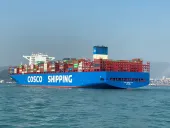

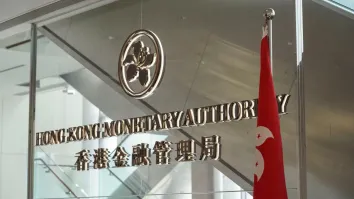

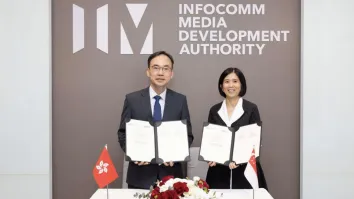
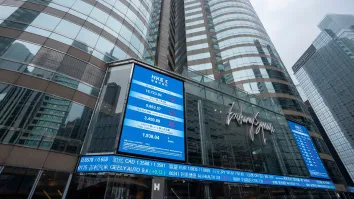



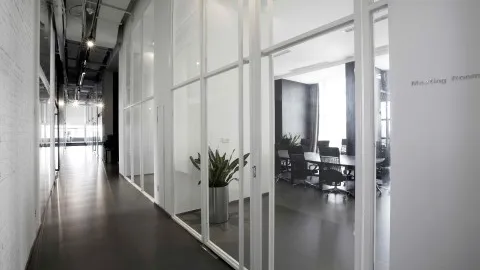



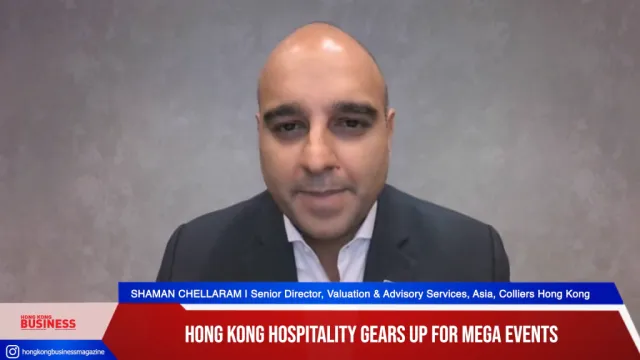
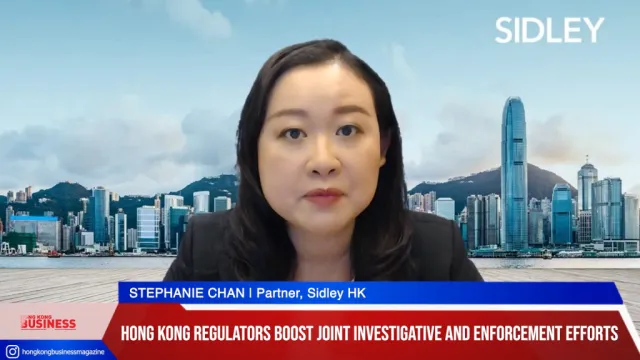
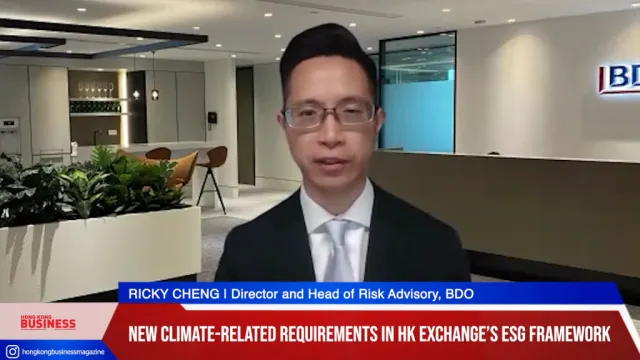
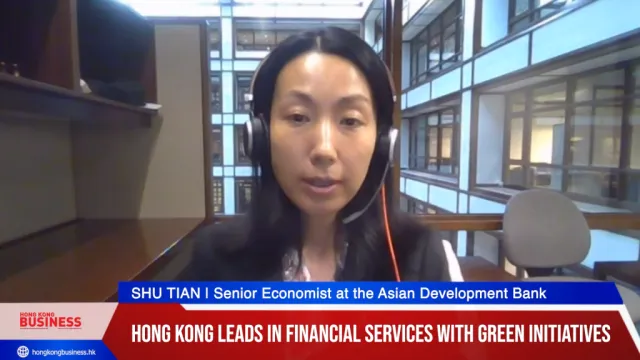
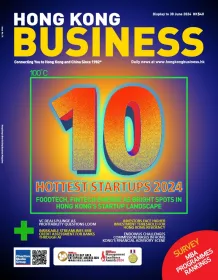
 Advertise
Advertise






